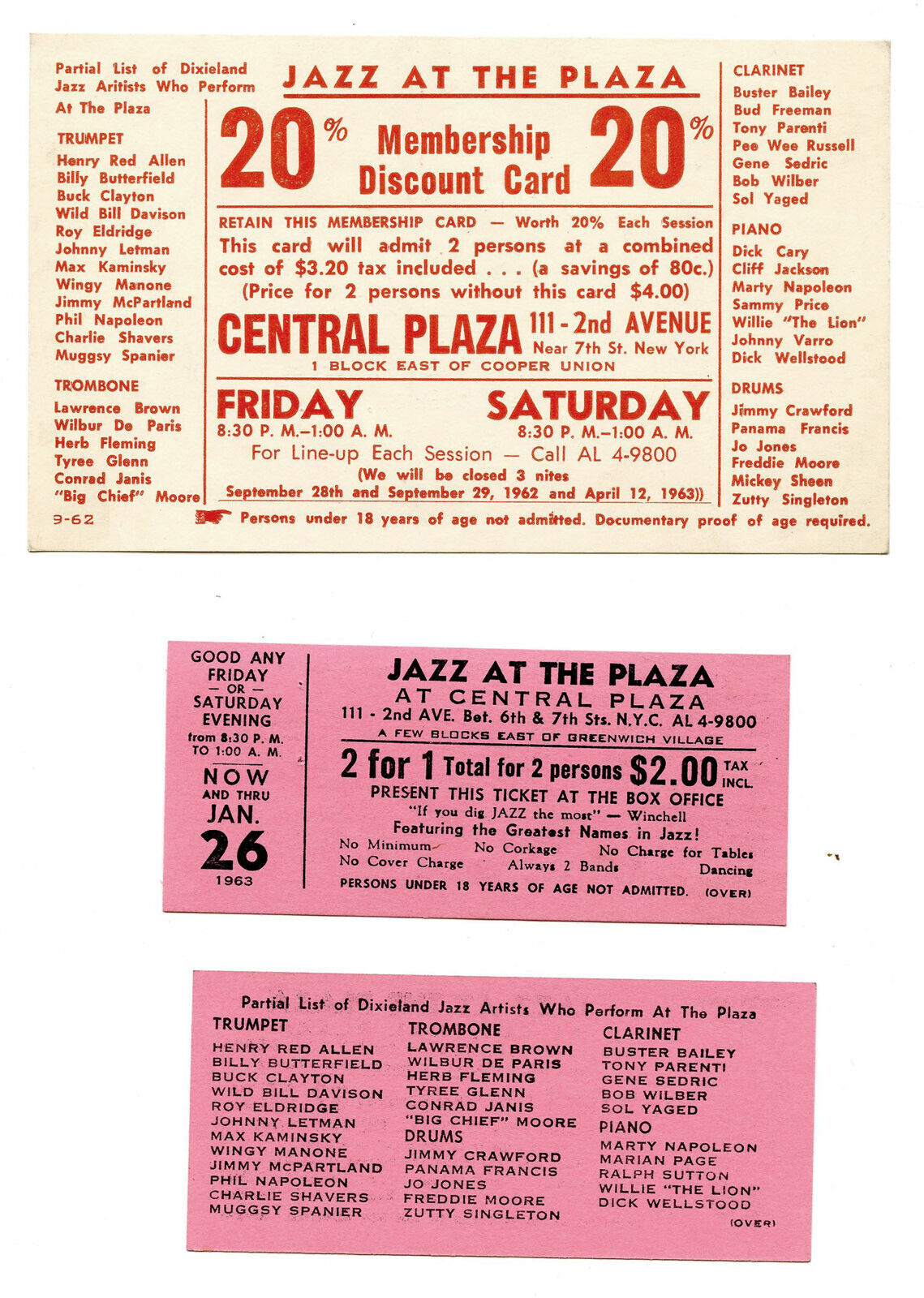Trumpeter Johnny Windhurst is one of those excellent second-line jazz musicians who never was in the spotlight and just deserved a few lines in the most complete jazz encyclopaedias –no mention of him in 90% of the jazz history books densely populating my shelves-. A self-taught musician, his golden tone was mainly influenced by Bix Beiderbecke white followers such as Bobby Hackett.
From left to right: Johnny Windhurst, Milt Gabler, Jack Crystal, Eddie Condon and Henry "Red" Allen
Born in Bronx, New York, in November 5, 1926, at age 15 he was sitting in at Nick’s and by 1945 he replaced Bunk Johnson in Sidney Bechet’s band playing at the Savoy Café in Boston. He played at the Jazz at Town Hall concert in September 1946 and at the World’s Greatest Jazz Concert #2 on April 26, 1947, worked in Chicago for a time and then moved to California, where he played with clarinettist Edmond Hall. Other employers around this time included Louis Armstrong and Nappy Lamare. He also led his own band in Ohio and Boston, and was a latter day associate of Eddie Condon, playing and recording with the guitarist in the early '50s and back again in 1967. He recorded with singers Lee Wiley (1952) and Barbara Lea (1955-1957) and with trombonist Jack Teagarden (1955).
His only leader recording session, for the Transition label, took place on April 22, 1956, backed by Jimmy Andrews on piano, Buell Neidlinger on bass and Walt Gifford on drums. Bud Blacklock replaced Andrews on “When You’re Smiling”, where Hamilton Carson joined on tenor sax. The disc was called Jazz At Columbus Avenue (Transition TRLP-2).

Here’s Johnny Windhurst in 1958, leading an ensemble during one of those Art Ford Jazz Parties and waving though “Pennies From Heaven”. Roland Hanna is on piano, Mary Osborne on guitar, Mark Goldberg on bass and Morey Feld on drums.























